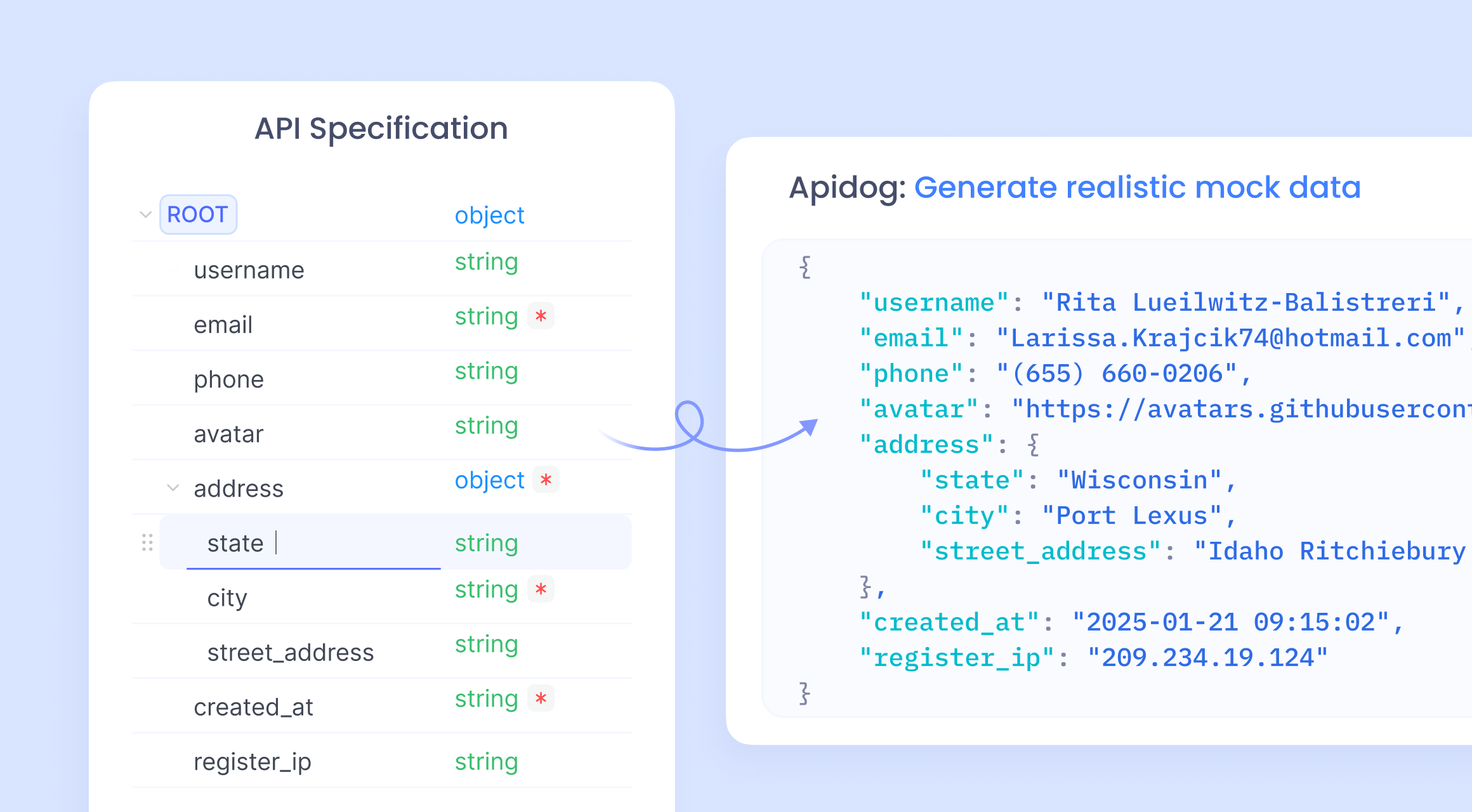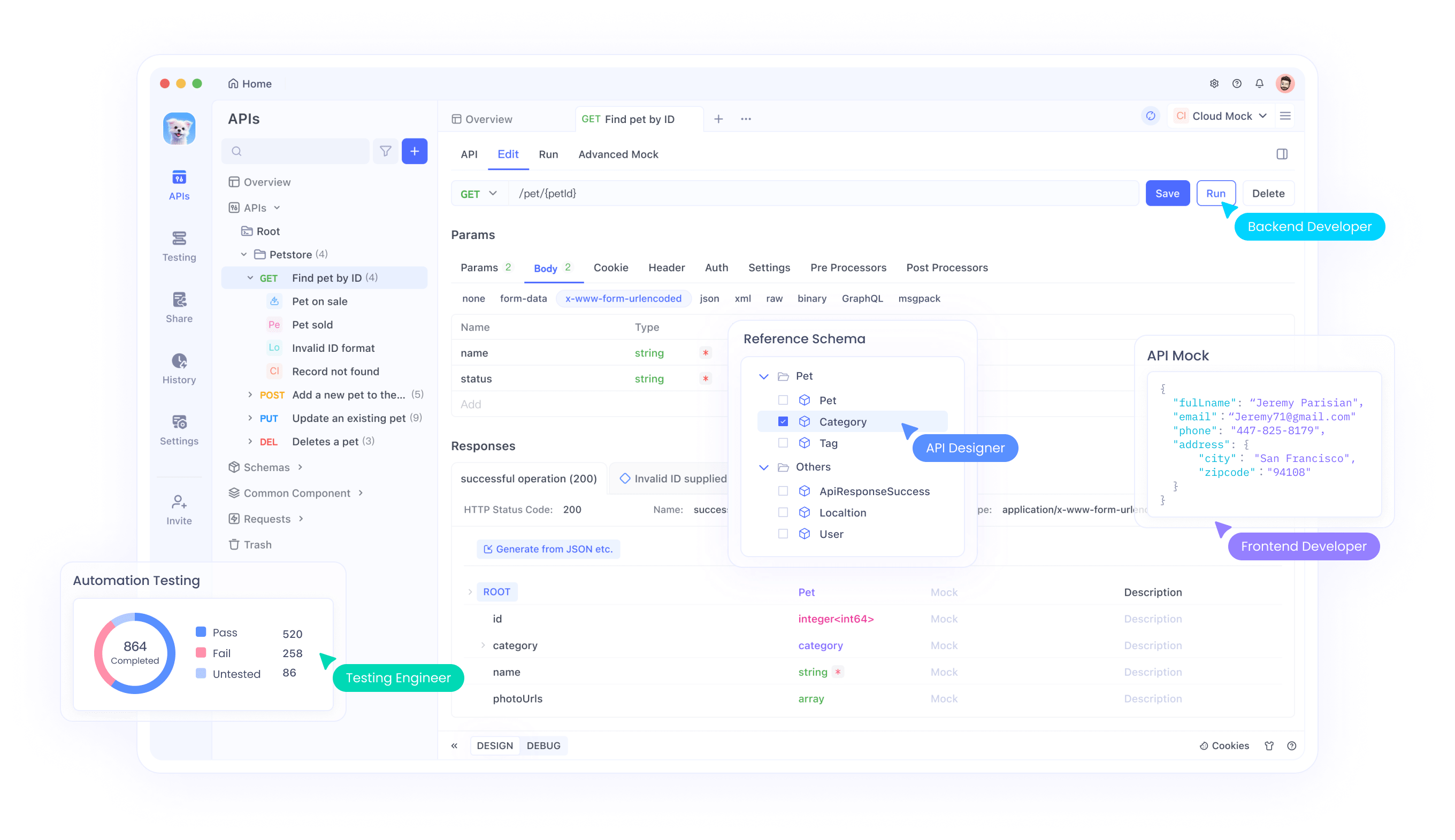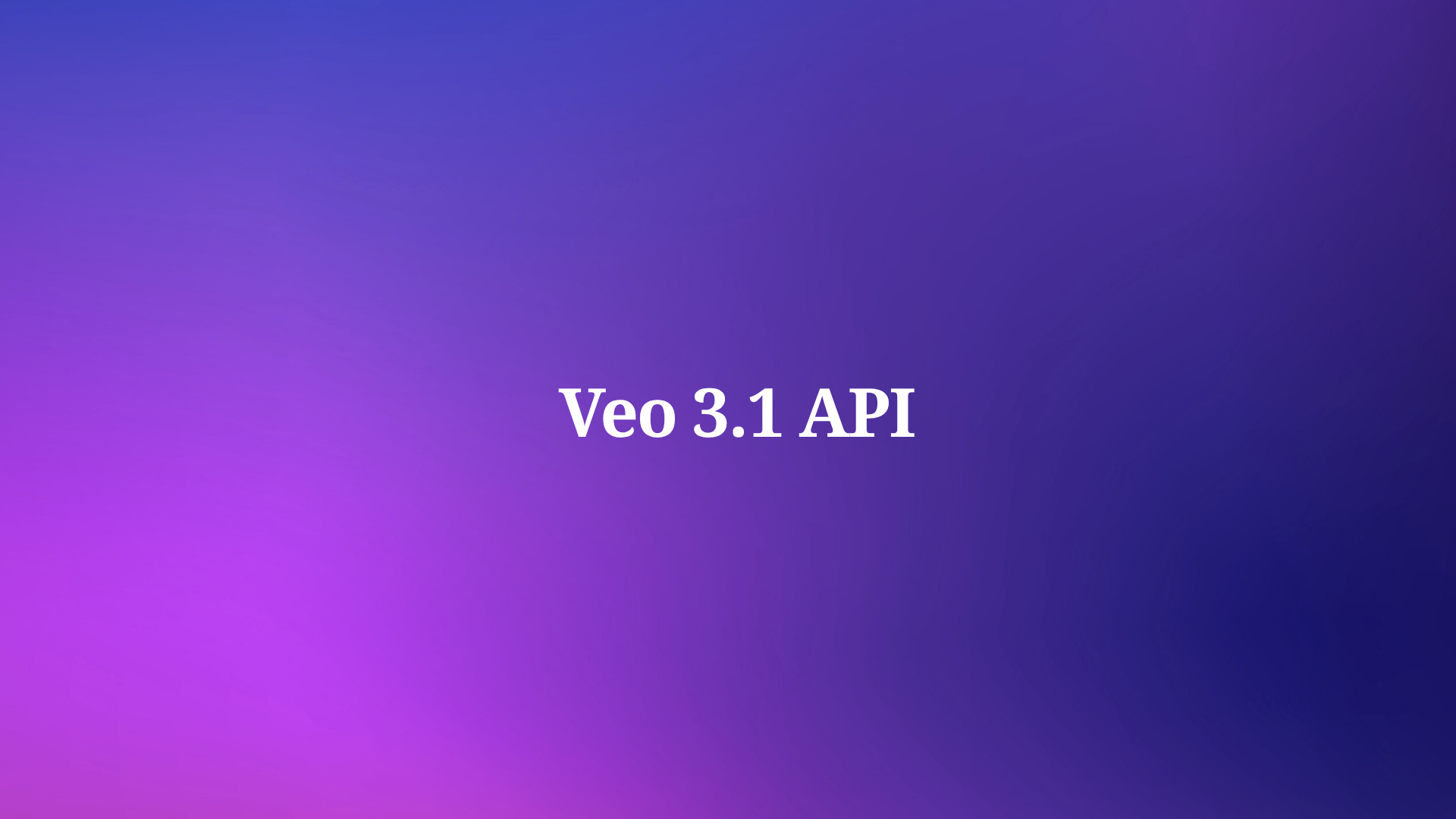Teams often face challenges when real data sources remain unavailable during early stages. Developers turn to mock data to simulate realistic scenarios, enabling seamless testing and prototyping. This approach accelerates workflows and reduces dependencies on external systems. As AI tools advance, they offer innovative ways to automate code creation for such tasks. For instance, Claude AI excels at producing reliable code snippets tailored to specific needs.
This article examines how developers generate mock data using Claude code. It outlines foundational concepts, practical steps, and advanced strategies. Additionally, it integrates tools like Apidog to demonstrate comprehensive solutions. By following these guidelines, you improve your development efficiency.
What Is Mock Data and Why Does It Matter?
Developers define mock data as fabricated information that mimics the structure and behavior of real data. This simulation allows applications to function as if connected to live databases or APIs. Teams employ mock data during unit testing, integration testing, and frontend development.

Mock data proves essential because it isolates components from external dependencies. For example, when backend services lag behind frontend progress, mock data bridges the gap. This prevents delays and fosters parallel workstreams. Furthermore, it enhances security by avoiding exposure of sensitive real data in testing environments.
Several types of mock data exist. Static mock data consists of hardcoded values, suitable for simple scenarios. Dynamic mock data, generated on-the-fly, adapts to varying conditions. Tools like a Mock Data Generator automate this process, producing varied datasets.

Developers encounter situations where manual data creation becomes tedious. Here, AI-assisted code generation steps in. Claude code, referring to scripts produced by Claude AI, streamlines this. Transitioning from manual methods to automated ones marks a significant improvement in productivity.
Consider the impact on agile methodologies. Teams iterate faster with reliable mock data, leading to quicker releases. However, overlooking data realism can introduce bugs later. Therefore, selecting appropriate generation techniques remains crucial.
Introduction to Claude AI for Code Generation
Anthropic developed Claude AI as a sophisticated language model capable of understanding complex instructions. Users interact with Claude through prompts, requesting code for various tasks. In the context of mock data, Claude generates Python, JavaScript, or other language scripts efficiently.

Claude stands out due to its emphasis on safety and accuracy. It avoids hallucinations by grounding responses in logical reasoning. When you prompt Claude for code, it produces clean, commented outputs. For mock data generation, this means reliable functions that output JSON, CSV, or custom formats.
To begin, access Claude via its web interface or API. Provide a clear prompt, such as "Write a Python function using Faker library to generate mock user data." Claude responds with executable code. This Claude code integrates seamlessly into projects.
Claude handles iterative refinements. If initial output needs adjustments, follow-up prompts refine it. This interactive process ensures the code meets exact requirements.
Comparing Claude to other AIs, its constitutional principles guide ethical responses. Developers appreciate this for professional use. As we proceed, note how Claude code pairs with tools like Apidog for end-to-end solutions.
Setting Up Your Environment for Mock Data Generation
Before generating mock data, prepare your development environment. Install necessary programming languages and libraries. For Python-based Claude code, ensure Python 3.x runs on your system.
First, install pip if absent. Then, add libraries like Faker for realistic data simulation. Run pip install faker in your terminal. Faker provides modules for names, addresses, and more.
Next, set up a virtual environment using venv. This isolates dependencies. Create one with python -m venv mock_env and activate it.
For JavaScript enthusiasts, Node.js serves as the base. Install npm packages like faker-js. Claude can generate code for either ecosystem.
Additionally, integrate version control with Git. This tracks changes in your Claude-generated scripts.
If you plan to use Apidog alongside, sign up for a free account. Apidog's interface allows importing API specs, which then generate mock data automatically. This complements code-based approaches by handling API-specific mocking.
With the environment ready, you proceed to actual generation. This setup ensures smooth execution of Claude code.
Basic Mock Data Generation with Claude-Generated Code
Generating basic mock data starts with crafting effective prompts for Claude. Specify the data structure, volume, and constraints. For instance, prompt: "Generate Python code using Faker to create a list of 100 mock customer records, each with name, email, and purchase history."
Claude produces code like this:

Execute this in your environment. It outputs JSON-formatted data. Adjust parameters as needed.
Transitioning to variations, request CSV output. Claude modifies the code accordingly, using csv module.
This method suits small-scale needs. However, for larger datasets, optimize for performance. Claude can include batch processing in the code.
Incorporate randomness controls. Seed Faker for reproducible results, aiding debugging.
By mastering basics, you build a foundation. Next, explore advanced customizations.
Advanced Techniques: Building a Custom Mock Data Generator
Advanced mock data generation involves creating a reusable Mock Data Generator. Use Claude to design modular code.
Prompt Claude: "Write a Python class as a Mock Data Generator that supports custom schemas, data types, and relationships."
Claude might output:
from faker import Faker
import random
class MockDataGenerator:
def __init__(self, schema):
self.schema = schema
self.fake = Faker()
def generate_record(self):
record = {}
for field, type_ in self.schema.items():
if type_ == 'name':
record[field] = self.fake.name()
elif type_ == 'email':
record[field] = self.fake.email()
elif type_ == 'integer':
record[field] = random.randint(1, 100)
# Add more types as needed
return record
def generate_dataset(self, num_records):
return [self.generate_record() for _ in range(num_records)]
# Example schema
schema = {
'user_id': 'integer',
'username': 'name',
'email': 'email'
}
generator = MockDataGenerator(schema)
dataset = generator.generate_dataset(50)
Extend this with relationships, like one-to-many. Claude adds methods for linked data.
Furthermore, integrate constraints. For unique fields, use sets to avoid duplicates.
Handle complex types, such as dates or geolocations. Faker supports these natively.
For performance, Claude can suggest multiprocessing for large generations.
This custom Mock Data Generator evolves with project needs. When combined with Apidog, it powers API responses.
Integrating Mock Data with Apidog for API Mocking
Apidog emerges as a powerful ally in API development. It offers no-code API mocking, generating responses based on OpenAPI specs. Developers import schemas, and Apidog's smart mock feature auto-generates data.

To integrate Claude code with Apidog, generate mock data scripts that feed into Apidog's custom rules. Apidog allows advanced mocking with JavaScript expressions.
First, create an API in Apidog. Define endpoints and responses. Then, use Claude to write code snippets for dynamic data.
Paste this URL in your browser to obtain mock data. Refreshing will update the data.
Apidog simplifies this: Set up mocks in three steps – import spec, configure rules, deploy mock server. This eliminates coding for basic cases.
However, for intricate logic, Claude code enhances Apidog. Generate code handling conditional responses based on query params.
Benefits include faster prototyping and team collaboration. Apidog's all-in-one platform covers design, testing, and mocking.
Smart mock
Apidog supports direct data mocking based on API spec without any additional configuration. This is called Smart mock.Smart mock data comes from three sources:
a) Mock expressions corresponding to property names.
b) Mock fields in the response spec properties.
c) JSON Schema in the response spec.
Automatic mocking by nameSmart mock's core algorithm automatically matches mock data based on the property's type and name. Apidog provides a series of built-in matching rules. If the type and name match a rule, data will be mocked according to that rule.You can see these built-in rules in Settings - General settings - Feature settings - Mock settings. Built-in rules use Wildcard or RegEx methods to match name strings.
If the built-in rules are insufficient, you can create Custom matching rules. Click New to create a new matching rule. Properties meeting the Condition details will generate data according to the set mock expression.
If the property name doesn't match any rule, a default mock value will be generated based on the property type.
Mocking according to the mock fieldIf there's a value in the mock field of a property in the response spec, this value will override the value from mocking by name.
In this mock field, you can directly fill in a fixed value or write a Faker statement.
Best Practices for Mock Data Generation Using Claude Code
Adopt best practices to ensure high-quality mock data. Always validate generated data against schemas. Use libraries like pydantic in Python for this.
- Maintain realism. Configure Faker locales for region-specific data.
- Document your Claude prompts. This aids reproducibility.
- Handle edge cases. Prompt Claude to include outliers, like invalid emails.
- Secure sensitive simulations. Avoid mimicking real PII.
- Optimize for scale. Test code with large inputs.
- Regularly update libraries. New Faker versions add features.
- Incorporate feedback loops. Refine Claude code based on testing outcomes.
- When using Apidog, align mock rules with code-generated data for consistency.
These practices prevent common issues, enhancing reliability.
Common Pitfalls and How to Avoid Them
Developers sometimes overlook data diversity, leading to biased tests. Counter this by varying seeds in Claude code.
Another pitfall involves over-reliance on defaults. Customize prompts for specific domains.
Performance bottlenecks arise with inefficient loops. Claude can optimize with vectorized operations using numpy.
Ignore integration testing at your peril. Always mock full chains.
In Apidog, misconfigured rules cause mismatches. Double-check specs. By anticipating pitfalls, you mitigate risks.
Tools and Libraries Complementing Claude Code
Beyond Faker, explore libraries like Mimesis for multilingual data.
For databases, use SQLAlchemy with Claude code to populate mock DBs.
In JavaScript, Chance.js offers alternatives.
Apidog integrates with Postman collections, broadening options.
Choose based on project stack.
Scaling Mock Data Generation for Enterprise Needs
Enterprises require massive datasets. Claude can generate code using distributed computing, like Dask.
Implement caching for repeated generations.
Monitor resource usage.
Apidog scales mocks via cloud deployment.
This ensures robustness.
Security Considerations in Mock Data
Prevent data leaks by using synthetic data only.
Claude adheres to safety, avoiding harmful code.
In Apidog, secure mock servers with auth. Compliance with GDPR demands careful handling.
Conclusion
Generating mock data using Claude code transforms development practices. From basics to advanced integrations with Apidog, this guide provides comprehensive insights. Implement these techniques to streamline your workflows.
Remember, small adjustments in prompts or setups yield significant improvements. Experiment and refine.
For enhanced API mocking, download Apidog free and explore its capabilities.



